xiamen ZoneWu LoRa wireless C2H4 sensor is a wireless IoT device that can collect, monitor, and transmit data. It is equipped with an ethylene, temperature, and humidity sensor, which can measure the ethylene concentration, temperature, and humidity in the environment in real time. Equipped with high-performance sensors and microprocessors, accurate detection, stable performance, low power consumption, suppois a wireless device that can be used in the Internet of Things to monitor ethylene gas in the environment. rt the standard LoRaWAN protocol, long-distance communication.
Product Model :
LW304-C2H4Power Supply Mode :
Battery or External DCFrequency :
CN470/IN865/EU868/RU864/US915/AU915/ KR920/AS923-1&2&3&4MAC Version :
LoRaWAN 1.0.3Mode :
OTAA Class A/CWeight :
120gWireless High-performance LoRa C2H4 Sensor
xiamen ZoneWu LoRa wireless C2H4 sensor is a wireless device that can be used in the Internet of Things to monitor ethylene gas in the environment.
xiamen ZoneWu LoRaWAN Gas Sensor C2H4 Sensor Features:
This sensor uses LoRa spread spectrum modulation technology. Thanks to this technology, long-distance communication between different terminals can be achieved, even if they are far away, the data can be transmitted.
It contains high-performance ethylene sensors and microprocessors that allow the sensors to work well.
The detection accuracy is particularly high, and when measuring the ethylene gas concentration, the data can be accurately reached without major deviations.
The performance is stable, not easily disturbed by the outside world, and the power consumption is low, relatively energy saving, and there is no constant concern about power consumption.
A numerical boundary can be set in advance depending on the actual environment. Once the detected data exceeds this limit, that is, an anomaly occurs, it will actively report the anomaly.
There are many places where it can be used. In terms of industrial safety, it can monitor the leakage of ethylene and ensure production safety. In agricultural production, help to regulate the growing environment of crops; In environmental protection, monitor the amount of ethylene in the atmosphere to protect the ecology.
Product Parameters
| Power Supply | 5~28VDC |
| Weight | 120g |
| Operating Emperature | -20℃~50℃ |
| Measuring Principle | Electrochemical Principle |
| Measuring Range | C2H4:0~100 ppm |
| Resolution Ratio | C2H4:0.1 ppm |
| Temp.and Humi. Sensor | Temp Range:-40~+80 ℃ |
| Accuracy:±0.3 ℃ | |
| Humi Range:0~99.9 %RH | |
| Accuracy:±2 %RH | |
| Sensor Lifespan | < 2 years |
| Frequency | CN470/IN865/EU868/RU864/US915/AU915/ |
| KR920/AS923-1&2&3&4 | |
| Mode | OTAA Class A/C(Default: Class C) |
| Reporting cycle | External power supply:10min(Default reporting cycle) |
| Communication Protocol | LoRaWAN,LoRa TDMA Networking |
| Equipment information | AppEUI:0000000000000001 |
| DevEUI:aaaa202404150001 | |
| AppKey:00001111222233334444555566667777 | |
| MAC Version:LoRaWAN 1.0.3 |
Product Applications
1. Agricultural production: Ethylene sensors can be used to monitor the preservation of fruits and vegetables, flower growth, etc., helping to improve product quality and extend shelf life.
2. Industrial safety: Ethylene sensors are used in industrial production to detect the concentration of flammable, explosive, and toxic gases, ensuring the safety of industrial production.
3. Environmental protection: Ethylene sensors can be used to monitor air quality and pollution source emissions, providing scientific basis for environmental protection.
4. Food processing and scientific research experiments: Ethylene sensors are also applied in food packaging and scientific research experiments, helping to improve product quality and promote the development of scientific research.
Detailed Images
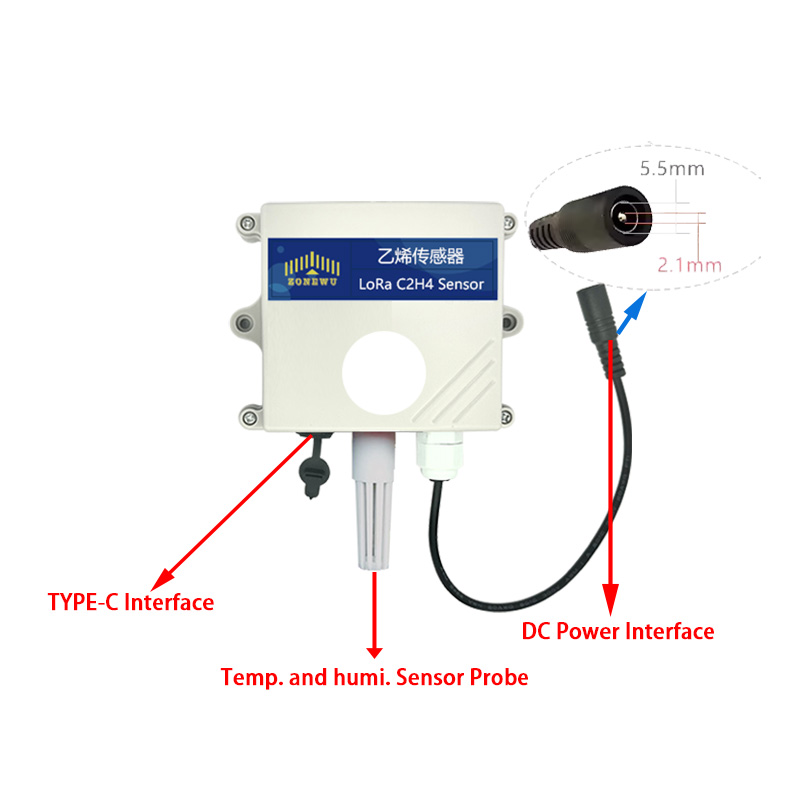
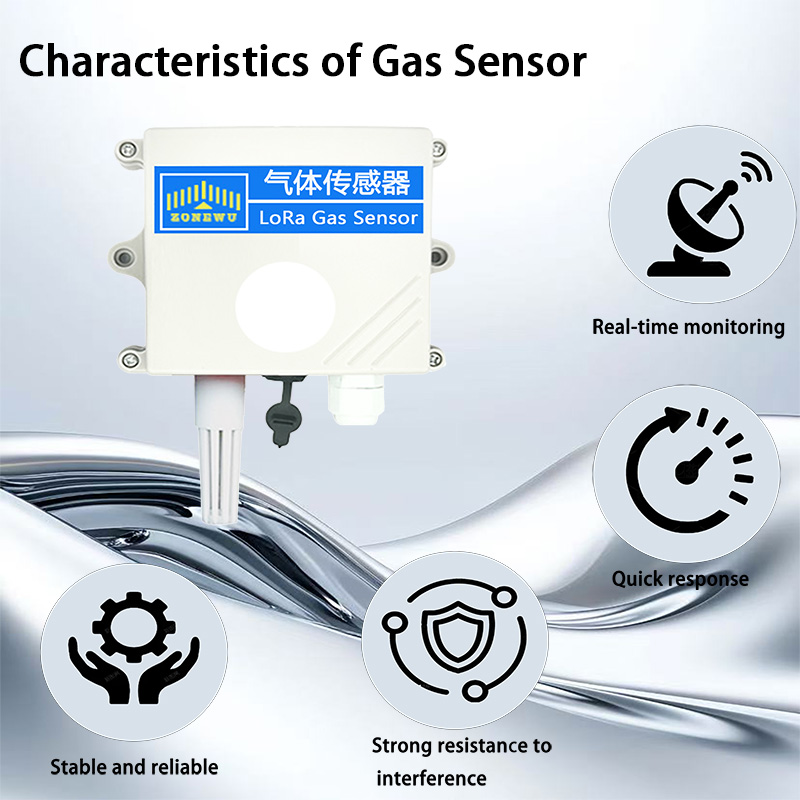
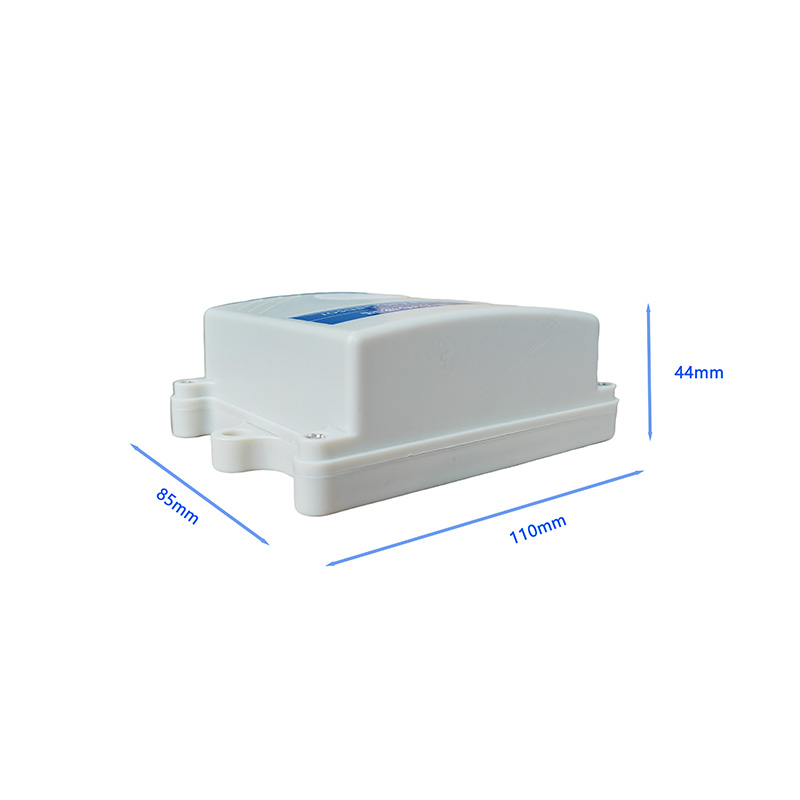
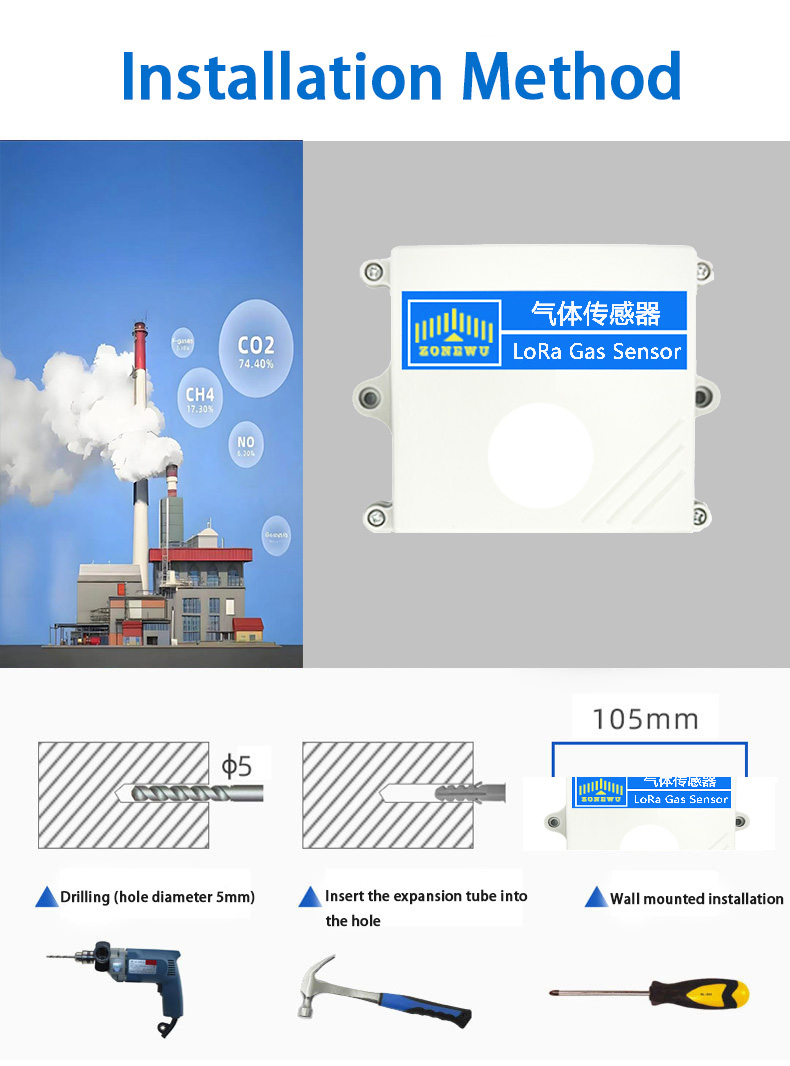
Common knowledge of C2H4
What are the main applications of ethylene sensors
In the field of agriculture, we can monitor the storage and transportation environment of fruits and vegetables to judge the maturity and preservation status. Industrially, it is used to monitor ethylene content in chemical production; In scientific research, data are provided to support relevant experiments.
How does an ethylene sensor detect ethylene concentration
There are common electrochemical principles, ethylene undergoes electrochemical reaction on the sensor electrode to generate current, and the concentration is calculated by detecting the size of the current; There is also an optical principle, which uses the absorption characteristics of ethylene to specific light and determines the concentration according to the change of the light signal.
What should I pay attention to when using the ethylene sensor
Stay away from strong corrosive gases and liquids to prevent damage to the sensor. Avoid violent vibration, otherwise it may affect the internal structure and detection accuracy; Also pay attention to the temperature and humidity of the environment used, which exceeds the applicable range will affect performance.
How often does an ethylene sensor need to be maintained
It is generally recommended to perform simple maintenance every 3 to 6 months, including cleaning the enclosure and checking the wiring connections. A comprehensive calibration and performance test is carried out once a year to ensure that it can accurately detect ethylene concentration.
Application Scenarios
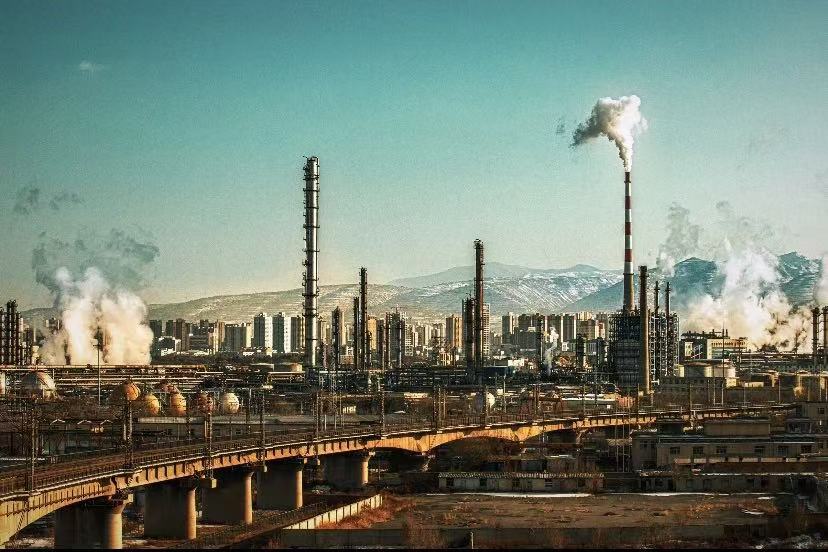
Industrial production
Waste gas emission monitoring: Conduct real-time monitoring of industrial waste gas emissions to ensure that waste gases meet emission standards and reduce pollution to the environment.

Environmental inspection
Air quality monitoring helps people understand air quality and protect the environment and health by detecting harmful gases such as sulfur dioxide.

Safety protection
In coal mines and tunnels, gas sensors detect toxic and harmful gases such as methane and warn against accidents.
FAQ
A:Yes,we can provide you with OEM services and design housings and logos.
3.DO you offer free samples?
A:Sorry,we don't offer free samples. After ordering in bulk, we will deduct the sample fee from the second order.
Why Choose ZONEWU